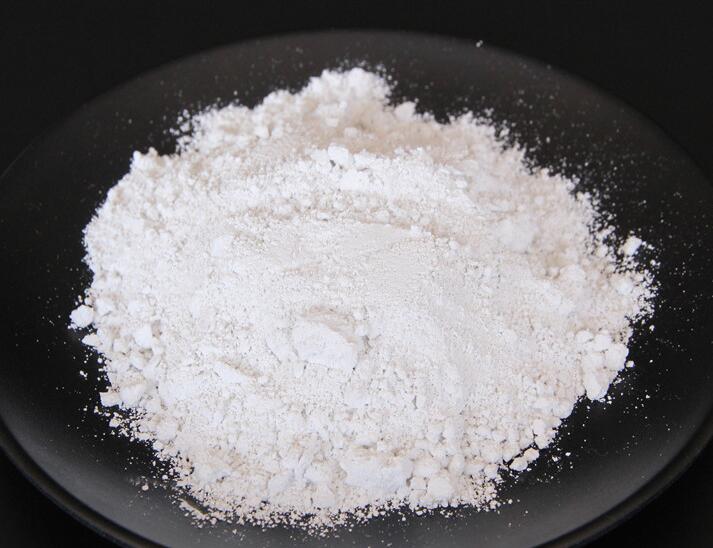Innovative application of brucite powder in environmentally friendly plastics: from natural ore to green materials

As a natural mineral form of magnesium hydroxide, brucite powder is becoming a new favorite in the field of environmentally friendly plastics. According to data from the Ministry of Industry and Information Technology of China, the market size of light building materials will reach 85 billion yuan in 2023, of which brucite composite panels occupy an important share due to their environmental advantages
Core application scenarios
Development of biodegradable plastics:
By compounding brucite powder with polylactic acid (PLA) or starch-based materials, a degradable packaging film with a tensile strength of 35MPa can be prepared. For example, a company shortened the degradation cycle of PLA film to 6 months and reduced costs by 30% by adding 40% modified brucite powder
Preparation of lightweight composite materials:
Adding 50% brucite powder to polypropylene (PP) reduces the material density by 18%, while the oxygen index increases from 19.6 to 28.9. This lightweight material has been used in new energy vehicle interior parts, with a weight reduction effect of 15%
Technological breakthroughs
Surface modification technology: Silane coupling agent is used to treat brucite powder, which increases its dispersion uniformity in polyethylene (PE) by 40% and its impact strength by 25%.
Composite process innovation: The thermal conductivity of the prepared insulation board is as low as 0.032W/(m·K) by blending foam plastic with brucite powder, which is suitable for passive buildings.
Market prospects
According to the China Plastics Association, the market size of biodegradable plastics will exceed 50 billion yuan by 2025, and brucite powder-based materials are expected to account for 12% of the market share. A Hebei enterprise has built a 100,000 tons/year brucite powder modification production line, and its product exports to the EU account for 35%








